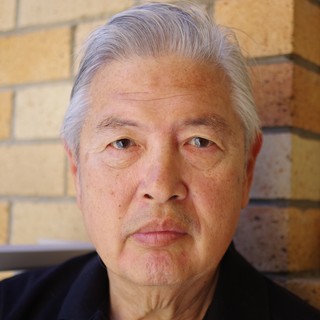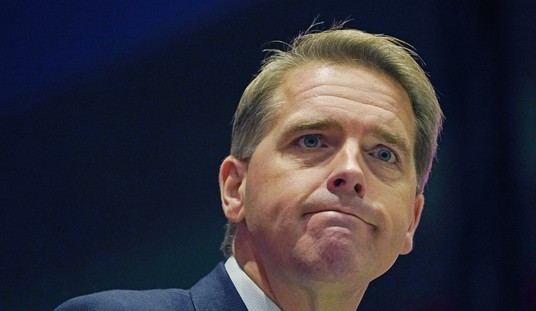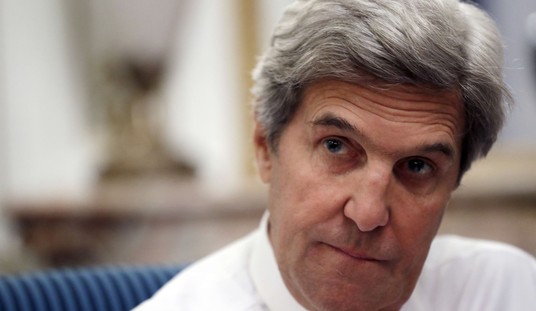There are three obvious Western strategies going forward in the Ukraine War.
- Defeat Russia decisively while avoiding nuclear war;
- Help Ukraine out-attrit Russia by providing it with better weapons;
- Negotiate an enduring end to hostilities around the status quo leverage.
The Western coalition appears to have rejected option 1. But no explicit high command choice has been made between options 2 and 3. The current strategy of attrition appears to be the result of letting things happen, not of selecting an actual course. Some would say there is an option 4: surrender to Russia. But ceding Ukraine would bring the Western border of Russia into frontline contact with NATO, which would be no better than expanding NATO’s eastern border in contact with Russia. So the probable practical choice set is between:
- Helping Ukraine out-attrit Russia by providing it with better weapons; or
- Negotiate an enduring end to hostilities around the status quo leverage.
Both surrendering Ukraine and defeating Russia are out.
The argument for continuing the war of attrition is that it preserves an important principle of international relations and discourages future aggression by Putin and his successors. The argument for negotiating an end to hostilities now is that Putin, except for whatever public relations he can salvage from talks, is already broken.
In order to maximize the chances of a ceasefire, the Western coalition must credibly pose the threat of continuing the war in some fashion. Putin has to be incentivized to git while the gittin's good, to strike a deal while he can. The key to predicting trends in negotiating advantage is anticipating which side's leverage will grow faster with time. Russia's hold over territory will strengthen as it fortifies them while the Western coalition's biggest source of increase lies in their potential to increase NATO defense budgets to the pledged percentage.
Russia's war effort is probably maxed out. Its defense expenditures are 6.3% of Russia's GDP and 32% of total budget. By contrast, in NATO, the U.S. spent 3.49% of GDP, while our European allies and Canada spent 1.85% of their combined GDP. Only 11 countries met the 2% target. There is room to grow on the Western side, and little to none in the Kremlin
The key to winning a ceasefire — which sounds like a contradiction in terms — is winning the peace. South Korea vs. North Korea and West vs. East Germany are examples of how frozen conflicts can paradoxically still lead to victory. The main fear in Korea 72 years after the armistice is no longer that North Korea's antiquated army will somehow conquer the South, but that a collapsing NoKor could impel a massive flood of refugees desperately seeking food across the border.
But is peace possible even now? Examining the hypothetical question of whether the second invasion of Ukraine in 2022 was avoidable (the first having occurred in 2014) can reveal if belligerent aims required war or were amenable to peace; whether diplomacy was futile then and even now; and if the issues were and remain uncompromisable – or some possibility has emerged.
In the days leading up to the second invasion, there seemed to be no hope for diplomacy. By 2021, the issues were no longer about reacquiring Russian majority areas, as was the case in annexing Crimea in 2014. When Russia began massing its troops, it demanded a ban on Ukraine joining NATO and the withdrawal of NATO forces from Eastern Europe. These demands were rejected by the US and NATO. The demands were geopolitical. Putin was trying to roll back the fall of the USSR.
Why, then, has Putin decided to negotiate a peace in Saudi Arabia at all? The obvious answer is that his geopolitical offensive has failed. The Russian army is probably unequal to the task of subduing all Ukraine and frightening NATO out of Eastern Europe. That geopolitical goal is beyond reach. What is left to Putin is the possibility of cashing in his chips.
It is the change in military fortunes that makes a deal possible in 2025 where it was impossible in 2022. Not entirely for nothing did the Ukrainian army shed its blood on the battlefield. Some possibility now exists that was not there before. The question is: will international community take it? Deals are not perfect. The debate in Western politics is over whether Putin should be allowed to cash any chips at all or – distasteful though it may be – it is better to let Putin walk in exchange for the lives it would save. That will be a political judgment with all the compromise it entails.
Just now the Daily Mail is reporting that Ukrainian President Volodymyr Zelenskyy has announced “that teams of American and Ukrainian negotiators are working on a draft agreement, signaling an imminent deal.. 'This is an agreement that can strengthen our relations, and the key is to work out the details to ensure its effectiveness,' he said. 'I look forward to the outcome - a just result.'” This refers to a proposed agreement between the US and Ukraine, stipulating exchange of Ukraine's vast mineral resources for continued U.S. support, particularly military and financial aid, amid the ongoing war with Russia. The deal has been a focal point of negotiations in early 2025, and are part of Zelenskyy's efforts to secure long-term security guarantees for his country.
Ukraine possesses significant reserves of critical minerals, including rare earth elements, titanium, lithium, uranium, and graphite, which are essential for technologies such as electric batteries, aerospace, defense systems, and high-tech manufacturing estimated to be in the trillions of dollars, though much of the geological data remains underdeveloped or inaccessible due to the war and Russian occupation of certain regions. The US, seeking to reduce its dependence on China for these strategic materials, views Ukraine's resources as a potential economic and geopolitical asset.
The press has depicted it as extortion by Washington of an ally in distress. They miss the point. It's the weapons sale of the century. The parallel here is Kuwait 1991. War for Oil in the 20th century has been replaced by War for Rare Earths in the 21st. The real danger here is that like oil, the minerals agreement will guarantee a US interest in Ukraine for decades.
The West will never be able to walk away from the region now — nor will it be worth anything if war continues. There’s a pot of gold for everyone here, but its existence is contingent. The rare earths will be unexploitable unless calm returns to the region. In a way, it's an incentive to all parties to lay down their arms. The strategy is not only to end the conflict, but to win the peace. Gone is the idealistic slogan of the 1960s: "Make love, not war." In its place is something more mercenary yet equally pacific: "Make money, not war."










